Enjoy a fantastic show all summer in the house and herbaceous border
Alstroemeria 'Summer Breeze' pictured above
These great value herbaceous perennials originate in South America with the vast majority of species hailing from eastern Brazil and central Chile. An established clump will produce a large number of flower stems over a long flowering period, from June to first frosts in November. They also make a great cut flower, lasting 2 – 3 weeks if you change the water every 4 – 5 days, adding a couple of drops of bleach to keep the water fresh. Once the clump is established after a couple of years don’t cut the stems pull them from the crown, this stimulates the plant into producing more stems. If you want them for cut flowers grow the tall varieties not the short dwarf types. They come in a large range of colours except pure white. There are varieties to suit a range of situations growing to heights of between 20cm -1m (8 – 38”) with a spread of 45 – 75cm (18 – 30”).
Position
Full sun preferably but will stand some shade. Sheltered, as strong winds can snap the brittle stems. They are hungry plants so need good fertile, moisture retentive but well-draining soil. If you have heavy clay soil grow them in a container. On a windy site try growing the dwarf varieties.

'Inticancha Navayo' dwarf variety
Planting
Plant over the summer from May to August, about 60cm (24”) apart. Plant growing plants just deeper than they are growing in the pot, if planting tubers plant them 10 – 15cm (4 – 6”) deep. Plants are more successful at becoming established than the tubers or seed. Enrich the planting hole with some well-rotted farmyard manure or good quality home-made or peat-free compost and a handful of a balanced fertiliser, such as Growmore. The tall varieties collapse easily if it rains heavily so will need staking, use either short pea sticks or the circular supports which go around the whole plant. They can be grown in a container, just make sure it is large enough and use John Innes No 3 with some balanced fertiliser added.
Aftercare
Keep well-watered for the first couple of years after flowering, after that they should be able to fend for themselves. They are fairly drought tolerant but being too dry will impair their ability to flower. Keep them deadheaded by pulling the spent stalks from the crown. They are borderline hardy so mulch the crown in late October with a 20cm (8”) thick layer of mulch or straw, remove it in the spring when the new shoots start to emerge. Be prepared to re-cover in spring if a frost is forecast. If you want to make sure they survive the winter dig up the clump and plant in a container then place in frost free spot. If growing them in containers re-pot every couple of years. When they start to produce their first buds feed every week with a high potash tomato fertiliser, such as Tomorite.

'Indian Summer'
Propagation
Divide the plants every 3 – 4 years when they have become congested and started to produce fewer flowers. It is possible to collect and sow the seed but it does take several years for the plants to produce any flowers.
Pests and diseases
Slugs and snails can be a problem so take appropriate action to deter them.
They can suffer from fungal problems of the root, crown and stem so try and keep a good airflow around the plant and at the first signs spray with a fungicide.
Recommended varieties
- Apollo - white with a yellow centre; 1m (3’4”) tall; RHS Award Garden Merit
- Eleanor - deep yellow; 1.2m (4’) tall
- Indian Summer - orange and yellow; 1m (3’4”) tall
- Little Miss series - various colours; 20cm (8”) tall
- Lucca - dark orange; 1.2m (4’) tall
- Tessa - deep pink; 1.2m (4’) tall

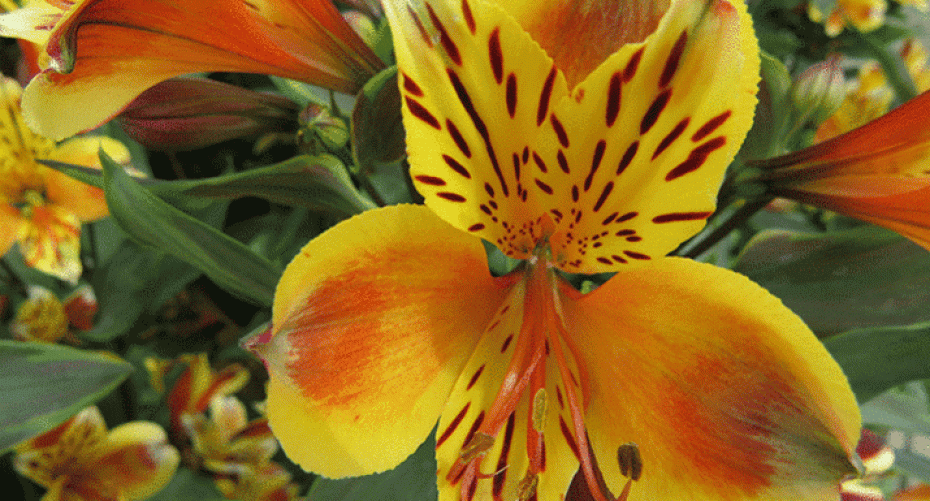

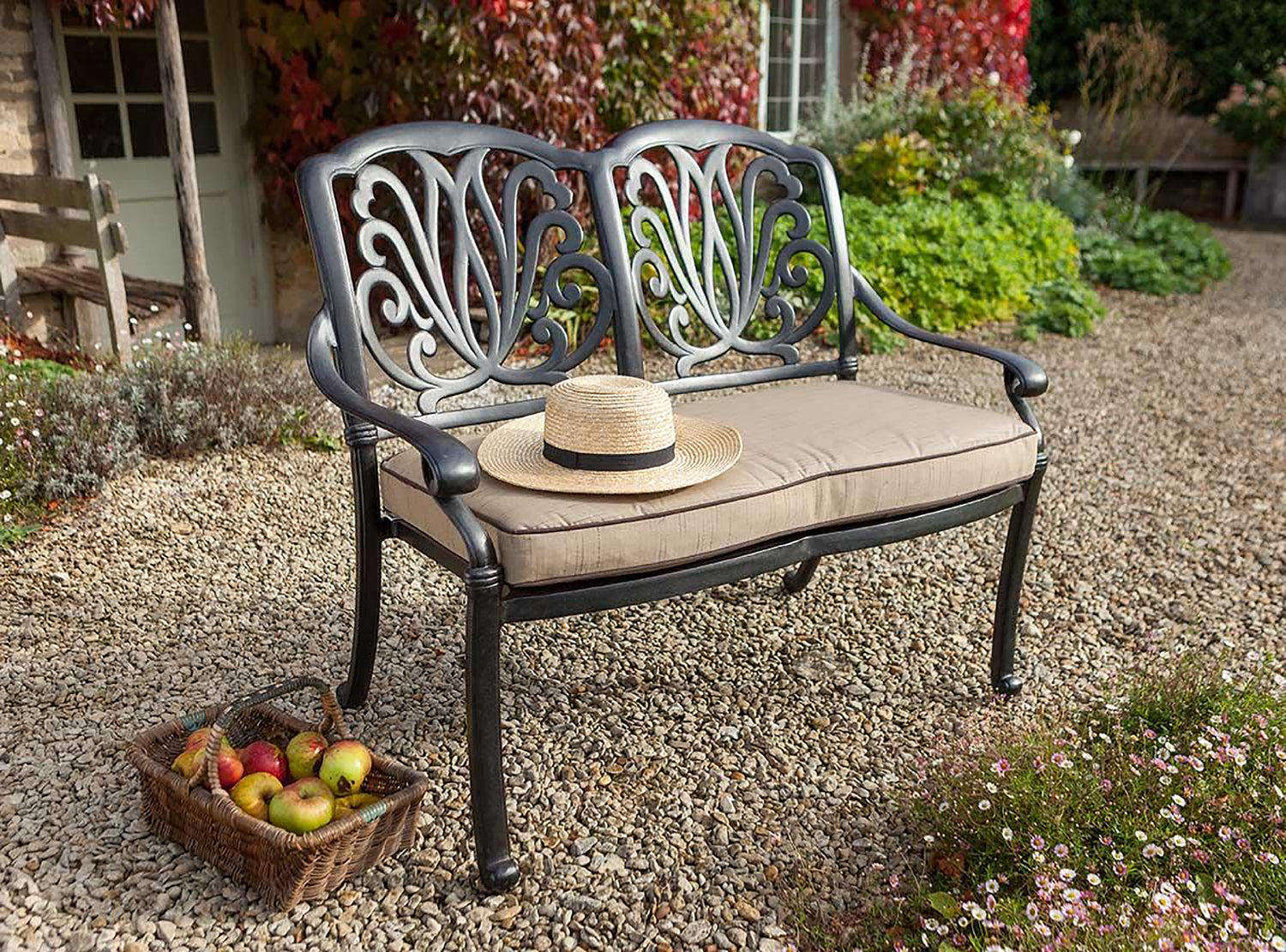
![Kingsbury-bench-05[1].jpg](http://www.hayesgardenworld.co.uk/cdn/shop/files/Kingsbury-bench-05_5B1_5D.jpg?v=1712162737&width=1500)
![Kingsbury-bench-01[1].jpg](http://www.hayesgardenworld.co.uk/cdn/shop/files/Kingsbury-bench-01_5B1_5D.jpg?v=1712161065&width=1500)
![tw17a-4947_0[1].jpg](http://www.hayesgardenworld.co.uk/cdn/shop/files/tw17a-4947_0_5B1_5D.jpg?v=1712161495&width=1500)
![tw17a-4947_tenbury_5ft[1].jpg](http://www.hayesgardenworld.co.uk/cdn/shop/files/tw17a-4947_tenbury_5ft_5B1_5D.jpg?v=1712161172&width=1500)
![tw17a-4952_tenbury_4ft[1].jpg](http://www.hayesgardenworld.co.uk/cdn/shop/files/tw17a-4952_tenbury_4ft_5B1_5D.jpg?v=1712161034&width=1500)
![thumbnail_IMG_1565-kik_2[1].jpg](http://www.hayesgardenworld.co.uk/cdn/shop/files/thumbnail_IMG_1565-kik_2_5B1_5D.jpg?v=1712226536&width=1500)
![thumbnail_IMG_1565-kik_1[3].jpg](http://www.hayesgardenworld.co.uk/cdn/shop/files/thumbnail_IMG_1565-kik_1_5B3_5D.jpg?v=1712159637&width=1500)
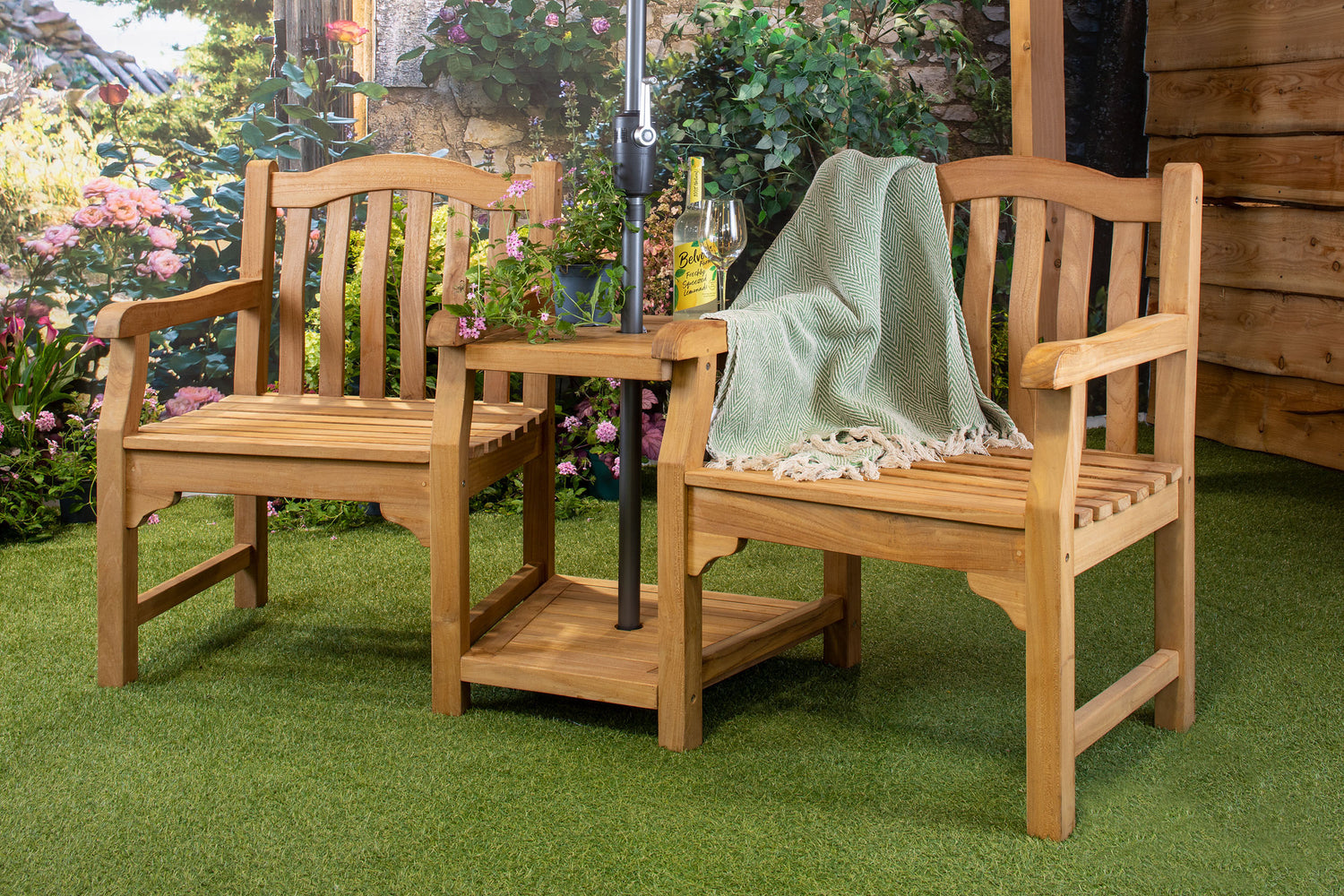
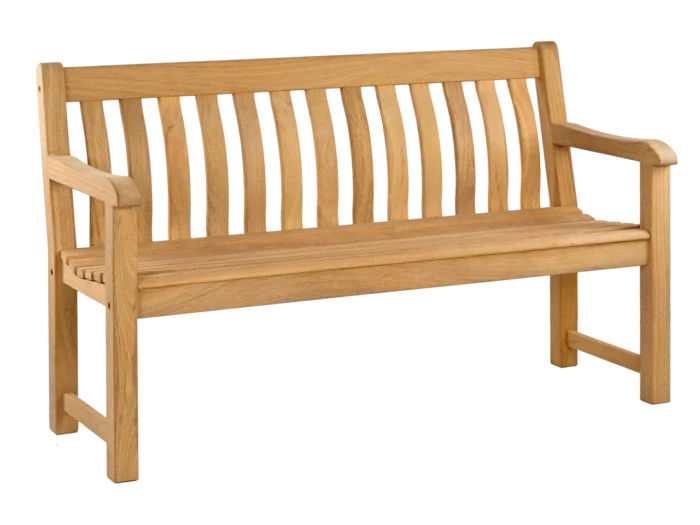
![WD-XgESA[1].jpeg](http://www.hayesgardenworld.co.uk/cdn/shop/files/WD-XgESA_5B1_5D.jpg?v=1712159609&width=1500)